detail profile nobuko otowa
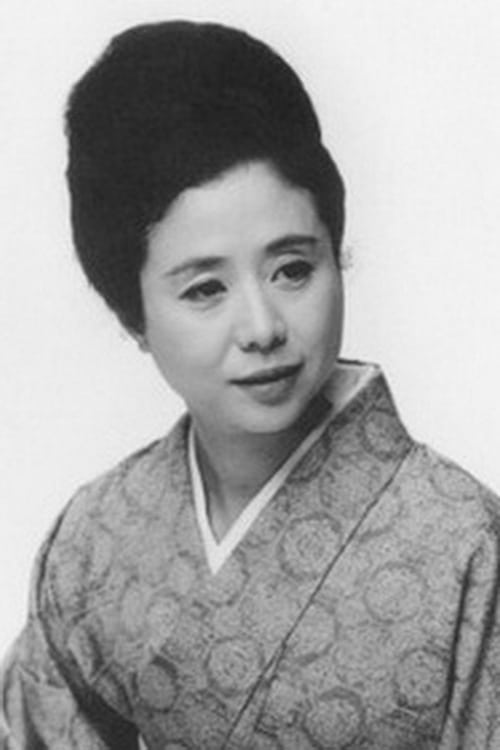
Nobuko Otowa
Nobuko Kaji
atau dikenal sebagai
Riwayat Hidup
From Wikipedia, the free encyclopedia.
Nobuko Otowa (1 October 1925 – 22 December 1994) was a Japanese film actress.
She appeared in 134 films between 1950 and 1994.
She was married to film director Kaneto Shindō.
She posthumously won the award for best supporting actress at the 19th Japan Academy Prize for A Last Note, having been diagnosed with terminal liver cancer during its production.
Description above from the Wikipedia article Nobuko Otowa, licensed under CC-BY-SA, full list of contributors on Wikipedia
Info Pribadi
Peran Yang Di Mainkan Nobuko Otowa
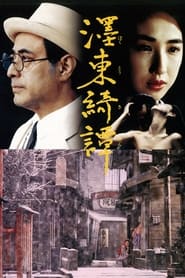 A story of Japanese writer Kafu...
A story of Japanese writer Kafu...The Strange Tale of Oyuki 1992
A story of Japanese writer Kafu Nagai (1879-1959), a man about sixty with a huge reputation of seducer who falls madly in love for a young geisha named Oyuki. Meticulous and smartly dressed, Nagai patiently wrote in his diary his thoughts during many years. A melancholy reflection on the passage of time and a brilliant interpretive exercise.
 The life and travels of adventurer...
The life and travels of adventurer...Lost in the Wilderness 1986
The life and travels of adventurer Naomi Uemura, who disappeared in Alaska in 1984. A member of the first Japanese expedition to reach the summit of Mt Everest in 1970, Uemura also accomplished several "firsts". He was the first man to reach the North Pole solo, climb Denali solo, and float down the Amazon river solo. In the film, Uemura returns to Tokyo after a stint in Siorapaluk in Northern Greenland. In Tokyo, he reconnects with an old friend and, over coffee, shares his life story - from his days as a college dropout to his successful expedition to the top of Everest.
 The melodramatic story of a pink...
The melodramatic story of a pink...Location 1984
The melodramatic story of a pink crew’s tragi-comedic adventures on location. A fictionalized adaptation of set photographer Ichiro Tsuda's 1980 book The Location (Za Rokēshon), an illustrated 229-page document about the cameraman’s experiences with pink cast and crew on the sets of several films produced in the late 1970's.
 In the Sengoku period a woman...
In the Sengoku period a woman...Kuroneko 1968
In the Sengoku period, a woman and her daughter are raped and murdered by soldiers during a time of civil war. Afterwards, a series of samurai returning from the war through that area are found mysteriously dead with their throats torn out. The governor calls in a wild and fierce young hero to quell what is evidently an Onryō ghost. He encounters the two beautiful women in an eerie, beautiful scene. After spiritual purification, he meets the demon in a thrilling fight.
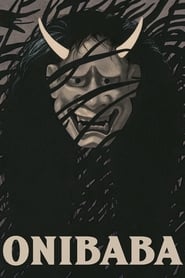 While her son Kichi is away...
While her son Kichi is away...Onibaba 1964
While her son, Kichi, is away at war, a woman and her daughter-in-law survive by killing samurai who stray into their swamp, then selling whatever valuables they find. Both are devastated when they learn that Kichi has died, but his wife soon begins an affair with a neighbor who survived the war, Hachi. The mother disapproves and, when she can't steal Hachi for herself, tries to scare her daughter-in-law with a mysterious mask from a dead samurai.
 A Japanese family is torn apart...
A Japanese family is torn apart...The Last War 1961
A Japanese family is torn apart by the tensions of an avoidable nuclear world war between the superpowers.
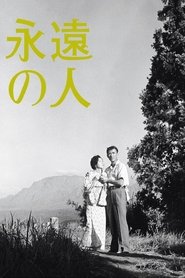 A young woman is forced by...
A young woman is forced by...Immortal Love 1961
A young woman is forced by circumstance into a loveless marriage while still in love with another. This episodic tale follows their story through three decades of bitter conflict which engulfs their children and those around them.
 The legend of the birth of...
The legend of the birth of...The Three Treasures 1959
The legend of the birth of Shintoism. In Fourth Century Japan, the Emperor's son Ouso expects to succeed his father on the throne, but Otomo, the Emperor's vassal, prefers Ouso's stepbrother, and conspires to have Ouso die on a dangerous mission he has contrived. But Ouso prevails in the mission and returns to his father's castle under a new name, Prince Yamato Takeru. Otomo plots to have the Prince sent into even greater danger, but Otomo is unaware that the gods have favored the Prince and the outcome is far from what any of them expected.
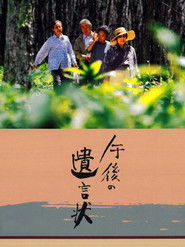 A retired actress whose husband has...
A retired actress whose husband has...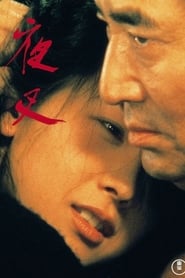 Shuji was once a feared member...
Shuji was once a feared member... A Japanese teenager travels to New...
A Japanese teenager travels to New... The worldfamous woodblock artist Hokusai 17601849 a...
The worldfamous woodblock artist Hokusai 17601849 a... A woman takes revenge on her...
A woman takes revenge on her... Oshimas magisterial epic centering on the...
Oshimas magisterial epic centering on the... Japan February 1868 As the Tokugawa shogunate...
Japan February 1868 As the Tokugawa shogunate...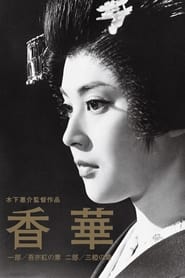 After her mother runs away from...
After her mother runs away from... A family of four are the...
A family of four are the...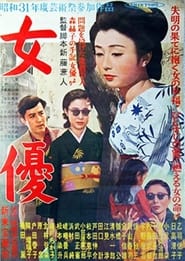 Based on Kakuko Moris autobiography about...
Based on Kakuko Moris autobiography about...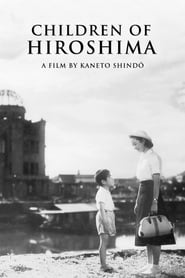 Shows the devastation caused by the...
Shows the devastation caused by the...